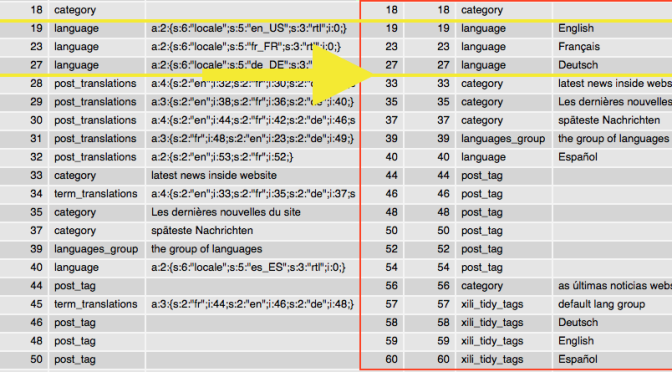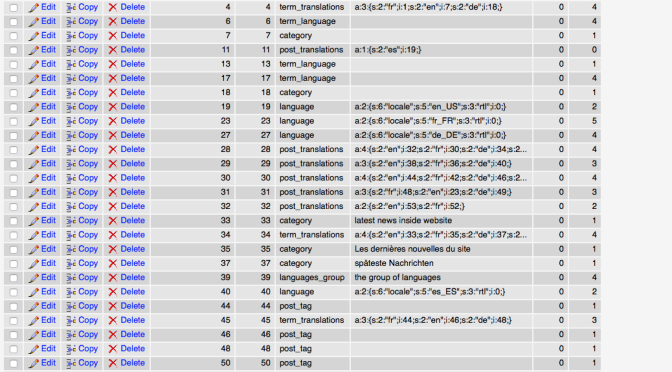The plugin Xili-language (heart of his trilogy) continues its development …
Widget “language list” or “language selector”
After the period devoted to the management of menus and their style with image (flag), this is the appropriate time to review widget “language list” or language selector (switcher).
Adding pictures is based on an integrated style sheet in the header if and only if this widget is active. (thanks to the is_widget_active function). As with nav menus, the theme must support (add_theme_support) the “custom_xili_flag” introduced since Xili-language version 2.15.

Three possible styles: single text (as before), image + text and image / flag alone (in compact horizontal list).
Images/pictures can have three origins:
– Those provided by the developer of the theme (so in a theme subfolder and reported at the theme setup)
– Those introduced as nav menu image in the catalog media associated with a language,
– And in case of absence, for some images contained in the plugin.

Importing multilingual datas of a website previously controlled by Polylang plugin
A few years after the birth of Xili-language, Polylang also chosen the way of taxonomy “language” to organize posts according to their language. The slightly different implementation of this taxonomy is discussed here. This approach retains the posts (article, page) to their initial state. In a decidedly simple approach with an effective ergonomics, its success demonstrates that it meets expectations in a very competitive multilingual context. But as for music, cars, the webmaster / developer may want different or complementary qualities, that is why, apart from other reasons, the trilogy Xili-language continuing its development. If, during the life of a website, the need appears, Xili-language 2.1+ version is able to detect the presence of previous Polylang and recover data to continue the multilingual architecture with the trilogy (Xili-tidy- tags, xili-dictionary). Caution, in the list of extensions, just disable Polylang without removing it because otherwise, for lack of option provided for this purpose by the author, all specific data Polylang will be deleted. Once, Xili-language active, a semi-automatic multi-step process is fired … a specially dedicated post is published…
Widgets visibility option under the current language

If the option is activated (5th tab), the webmaster will see in the interface of each widget, a group of 2 dropdown menus to decide whether this widget should appear or not.
various fixes
Each version is an opportunity to fixe and optimize the code in particular by integrating functions appeared since WP 4.1. or recent versions of javascript.
improved code and algorithms
Add filters to customize the implementation style images / flags in the language selector.
Added new theme twenty sixteen in the list of bundled themes that came with WordPress.
Intermediate versions before publication on the WP repository are available on GitHub













